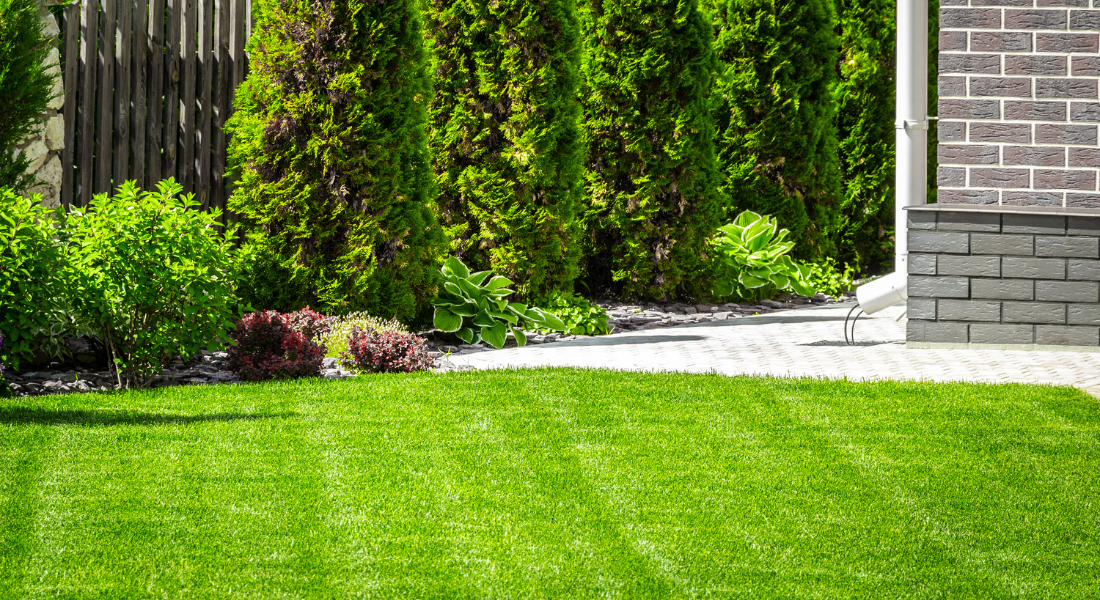How to Repair a Stressed Summer Lawn: Patchy, Brown, or Bare Spots
Late summer can be tough on your lawn. Weeks of hot sun, family gatherings, and maybe even a little neglect can leave grass looking burned, bald, or full of patchy spots. The good news? It’s not too late to bring your lawn back to life before fall. With a few smart steps and the right care, your yard can recover and even thrive before cooler weather arrives.
1. Identify the Cause of the Damage
Not all brown or bald spots are created equal. Before you start treating your lawn, figure out what’s behind the damage:
Sunburn or heat stress – Often shows up as widespread yellow or brown patches during long dry spells.
Foot traffic or pet damage – Bald spots where kids or pets play the most are common late-summer problems.
Insects or disease – Irregular patches or thinning grass could point to pests like grubs or fungal disease.
Knowing the “why” behind the problem helps you apply the right fix instead of wasting time and money on treatments that won’t work.
2. Water Deeply and Consistently
If your grass is stressed from summer heat, the best rescue plan is proper watering. Aim for:
Early morning watering to reduce evaporation and fungus risk
Deep, infrequent watering (about 1” per week) to encourage strong roots
Avoiding quick, shallow watering that only wets the surface and encourages weak growth
A well-watered lawn recovers faster and will be more resilient for fall.
3. Repair Bald and Patchy Areas
Late summer is a great time to tackle bare spots so they can establish before winter. Here’s how:
Loosen the soil in the bare spot with a rake
Spread a high-quality grass seed that matches your lawn
Top with a thin layer of soil or compost to keep the seed moist
Water daily until the new grass sprouts and begins to thicken
Adding a starter fertilizer can speed up germination and strengthen new growth.
4. Aerate and Overseed for a Full Lawn
If your lawn is looking thin overall, consider aerating and overseeding. Aeration breaks up compacted soil and gives roots room to breathe. Pairing aeration with overseeding helps fresh grass fill in, crowding out weeds and creating a thick, lush lawn.
5. Feed Your Lawn for Recovery
After the stress of summer, your grass is hungry. A slow-release fertilizer formulated for late summer or early fall gives your lawn the nutrients it needs to rebuild roots and recover from heat damage.
Don’t Wait to Rescue Your Lawn
Late summer lawn problems don’t have to last until next spring. With the right care and a little help from lawn care professionals you can revive your yard and set it up for a beautiful fall.
If your lawn needs a boost, C&S Lawn Service and Landscape can help with reseeding, aeration, fertilizing, and late-summer cleanups. Contact us today to schedule your lawn rescue and love the way your yard looks again.

